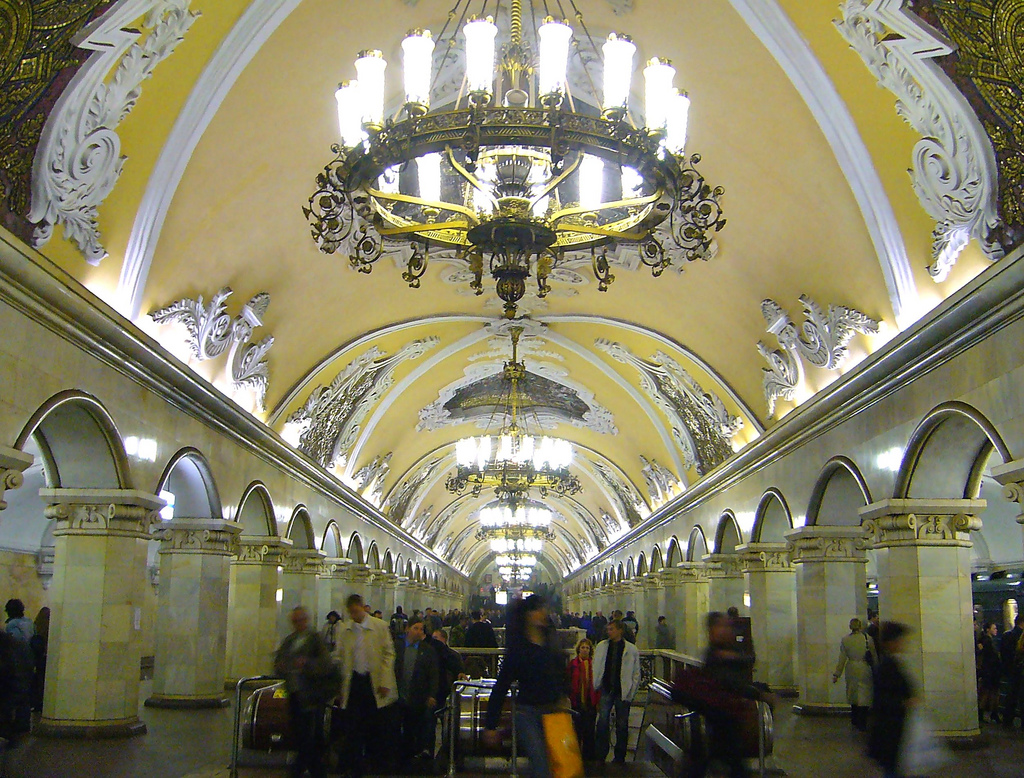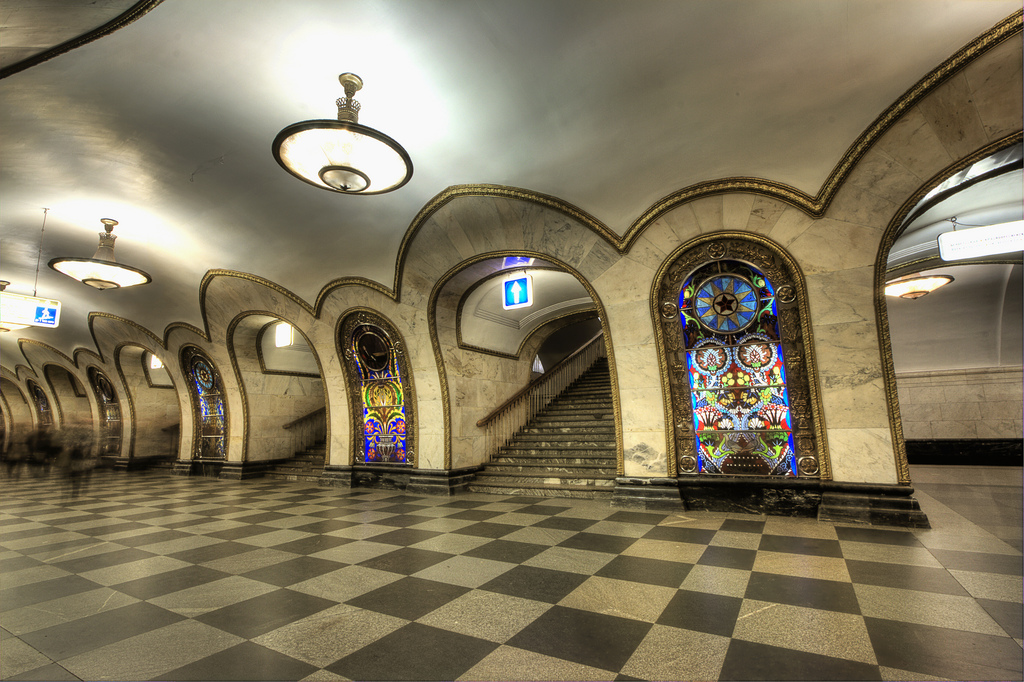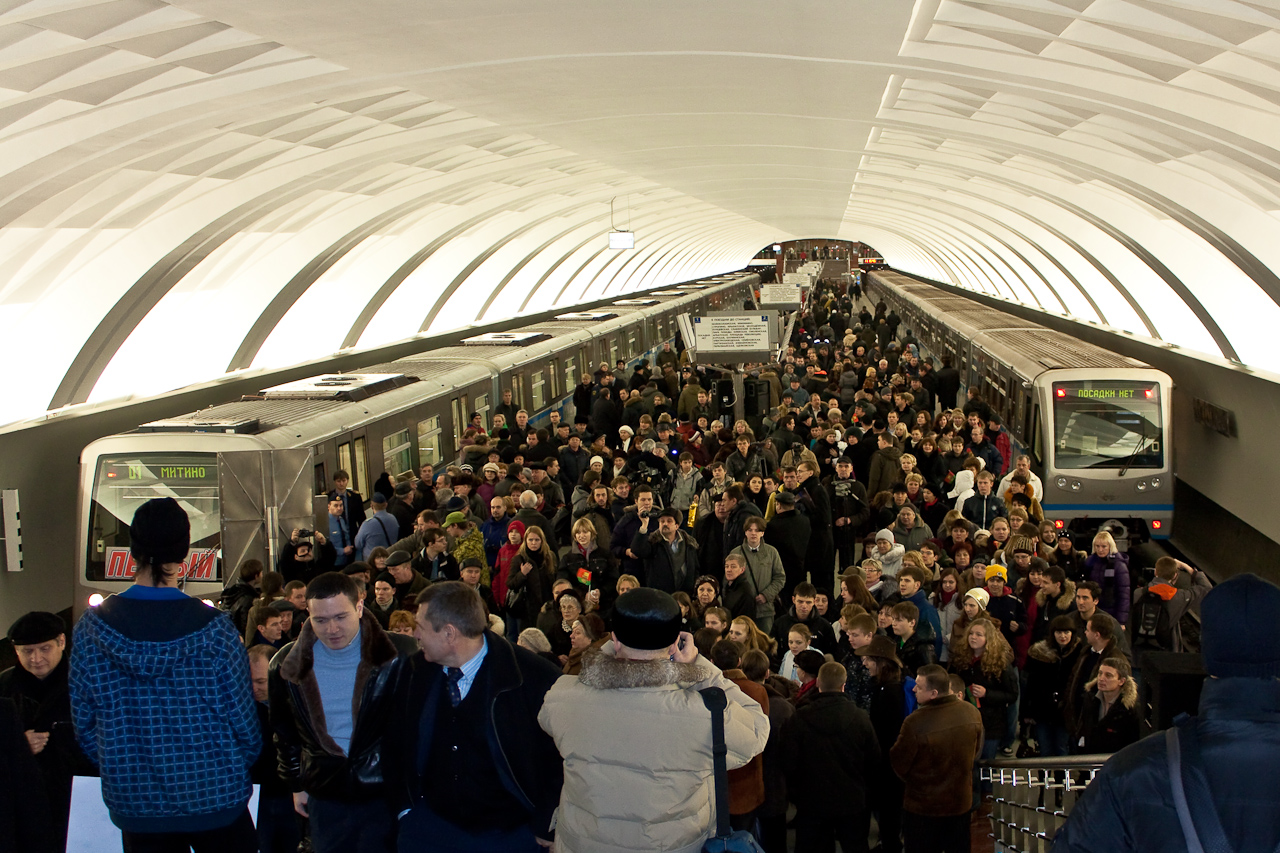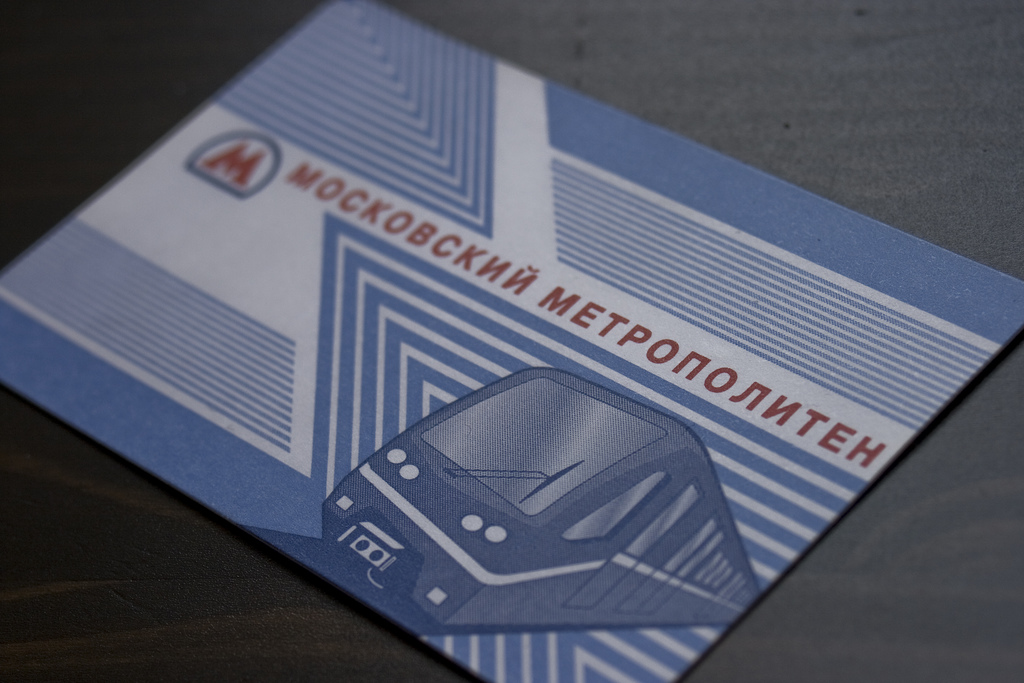They say you can tell a lot about a city and its culture by its underground. Nowhere is this more the case than with the Moscow subway system, also known as the ‘Metro’. From the stunning architecture to the styles of trains to the sheer enormousness of the grid, this urban commute is a genuine reflection of Russia’s capital.
 credit
credit
1) The Moscow Subway System is Home to Astonishing Art Piece, Architecture and Decor
The first thing you’ll notice when stepping down in to the Moscow metro is just how beautiful it is. For instance, Komsomolskaya station is more reminiscent of a royal palace with its ornate design. Large chandeliers light up the hallways, which feature baroque detail from floor to ceiling. Other stations feature more modern Socialist Realist art, which makes it easy to remember the country’s communist history.
 credit
credit
The eight-car trains that glide to from each station are modeled after the same ones that nearly all ex-Soviet Eastern European systems have been using. Although they’re not quite as ornate as the stations themselves, they still add to the classical feel of the subway.
2) Half of All Moscow Subway Stations Were Designed as Nuclear ‘Fall Out’ Type Shelters
Because Moscow is such a sprawling city, it takes an ambitious train system to get the job done. The subway system, in all, covers 180 stations. Interesting note: about half of them are deep-level stations.
Due to the constant threat of nuclear attack during the cold war, it was decided that the subway should double as a nuclear fall-out shelter.
The system features 11 lines in total, including the Koltsevaya line which circles the capital. This line is key to dispersing the massive amounts of daily commuters.
 credit
credit
3) It’s Actually Reasonably Cheap To Travel on The Moscow Subway
If there’s one aspect that may not perfectly correlate with the rest of the city. it is that the subway in Moscow is not very expensive. Twenty-six rubles (about 60p) will get you a single trip ticket. In 1998, this city was actually the first in all of Europe to switch to Smart Cards. Now it currently accepts magnetic cards known as “Contact Cards.”
 credit
credit
4) The Moscow Metro is the Second Most Heavily Used Subway System in the World
Considering this Moscow train system only started running in 1935, over 70 years after the London Underground, it’s really quite impressive how fast it has developed into one of the most intricate and efficient in the world. In 2009, the Moscow Metro is estimated to have transported 2,392,200,000 passengers on its 292.9 kilometre-long system. This is second in terms of usage and passengers only to Tokyo’s subway system.
While most visitors use undergrounds to get from place to place, the Moscow subway system is a destination in itself.